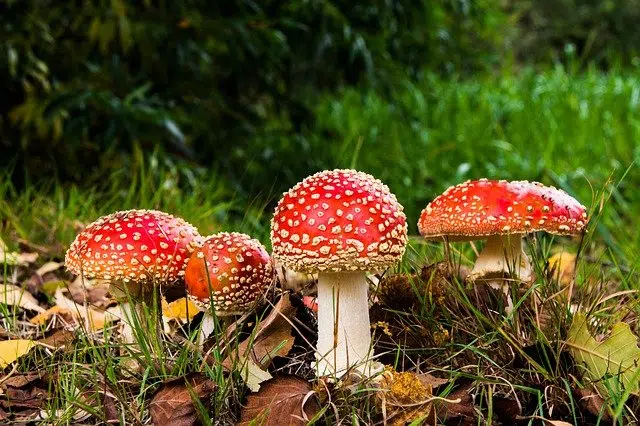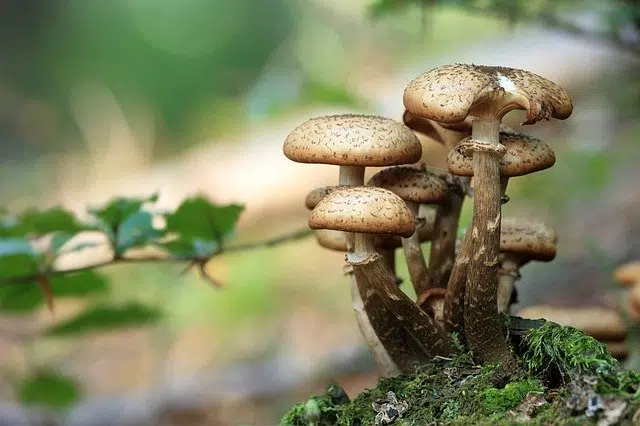
Mycology is the study of fungi.
Mycology is the science dedicated to the study of fungi . A fungus , meanwhile, is a living being with heterotrophic nutrition whose reproduction is developed through spores .
Mycology focuses on these organisms that live on decomposing organic substances, as parasites or in symbiosis. The origins of this discipline can be traced back to centuries before Christ , although the first scientific research is much more recent and dates back to the 16th century .
First milestones in mycology
The study of fungi had several milestones throughout the 16th century, which are listed below:
* In 1526, the Italian humanist Hermolaus published a classification of fungi that served as a reference point for future studies. Let us not forget that in the scientific field the preparation of compendiums to gather related data is essential;
* At the beginning of the 1st century, Dioscorides Anazarbeus was born in ancient Greece, a pharmacologist, botanist and doctor whose legacy was of great importance to the scientific community. Regarding mycology, some botanists relied on his work to continue their research. Such was the case of the Italian Pietro Andrea Gregorio Mattioli;
* In 1564, the Dutch doctor Hadrianus Junius prepared a description of Phallus impudicus , a fungus found quite frequently on the European and North American continents. Two of its characteristics are its phallic shape and its unpleasant odor;
* The doctor Reiner Solenander described the fungus known as oxtongue, whose scientific name is Fistulina hepatica . Although it is considered native to the United Kingdom, it is also possible to find it in almost the entire European continent and North America;
* The Italian philologist Fabio Colonna , who became interested in medicine and botany when he understood that epilepsy would prevent him from working as a lawyer, provided a detailed illustration of Clathrus ruber , a saprophytic fungus known by the common name red cage . The shape of its body is oval and exhibits various "branches" that intertwine;
* In 1592, Giovanni Battista della Porta , an Italian researcher and philosopher, stated that the reproduction of fungi was carried out by means of seeds. Other scientists supported his theory, although he was the first to disclose it publicly;
* Charles de Lȃcluse , one of the most important botanists of the 16th century, commissioned a watercolor painting of forty-two species of edible mushrooms. The image showed twenty-two genera, fifty-eight poisonous species from twenty-five genera and five fungi that had not been shown until then. It is one of the pillars of mycology, which served for its study and development for future generations.

Mycology allows us to distinguish between edible mushrooms and toxic ones.
Edible mushrooms
The collection of mushrooms as food by humans began in prehistory. Several peoples believed that mushrooms were sacred and some even considered them as a food of divinities and monarchs.
Agaricus bisporus , known as mushroom , is one of the most popular edible mushrooms. Truffles , as the members of a genus of mushrooms are called, are also highly valued. In the field of food, mycology is key since its knowledge allows us to distinguish between those species that can be consumed and those that are toxic.
medical mycology
It is important to note that, with the discovery of the disorders and conditions that, in people and animals, are caused by the interaction with certain fungi or their ingestion, medical mycology emerged. This branch of medicine analyzes the impact of fungi on health, which can include everything from poisoning to infections.
Mycology, on the other hand, also examines hallucinogenic mushrooms . These organisms present psychoactive substances that modify the functioning of the central nervous system and can produce hallucinations , among other phenomena.
